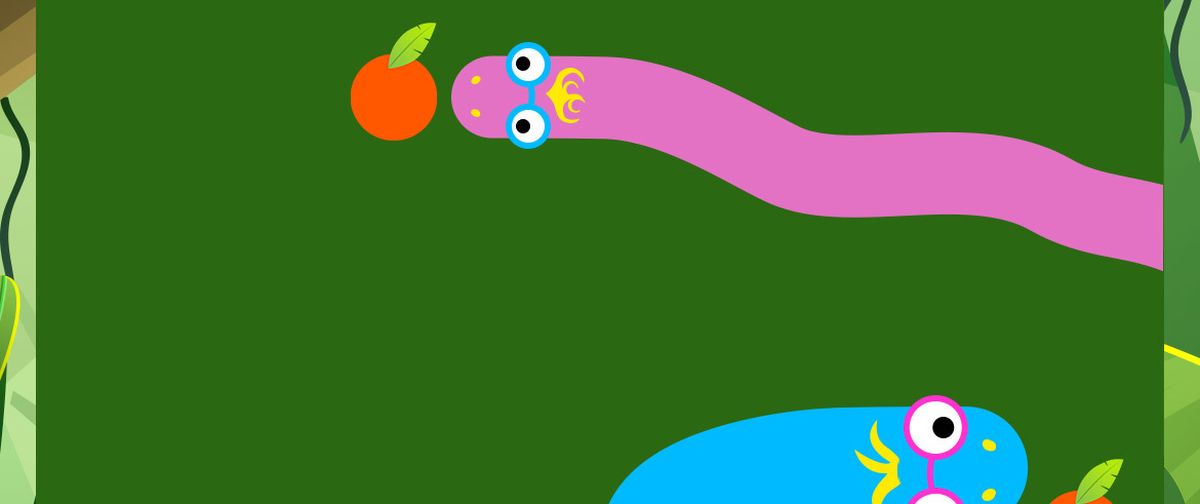
“Simply putting games over something doesn’t work. At most, it’ll be a little nicer.”
Jan Reichert, CEO at kr3m. To be read on sueddeutsche.de “Spielend Kunden gewinnen – Gamifizierung ist Alltag”, 23.2.22, https://www.sueddeutsche.de
Gamification is no longer new and we experience it in many different forms in our everyday lives. The wide range of offers also influences the quality standards and we think that good gamification is an intensive process.
Gamification is the transfer of game-typical elements and processes to non-game contexts. In simple terms, games and fun are used to convey content more quickly and pleasantly. The term ‘gamification’ was created in the early 2000s, primarily by the gaming industry, and is now mainly used in connection with digital applications such as apps or online games. In terms of its basic principle, gamification is of course much older and there are many examples for analog applications.
Gamification as a marketing campaign: What about Moorhuhn?
No question: Gamification can successfully support marketing strategies! Customers could be more actively addressed and retained by the playful elements. If the challenge of the game is not unreachable high, entertainment is offered and a reward is given at the end, customers can be kept busy over a longer period of time and also be encouraged to return. This creates many opportunities to get the desired advertising content across. However, the fact that this requires more than just a good game can be illustrated by the example of “Moorhuhn”. Although countless people were reached through successful gamification, it did not work as a marketing campaign. Or did you know that the shooter game was originally an advertising campaign for a Scottish whisky brand?
How can gamification be successful?
Here, the “right mix of information and game” is required, according to our CEO Jan Reichert in an interview with dpa. (To be read on sueddeutsche.de “Spielend Kunden gewinnen – Gamifizierung ist Alltag”, 23.2.22, https://www.sueddeutsche.de) It can also be noticed that the reward – an essential component of gamification – has to come faster and faster nowadays. In the mobile game “Candy Crush,” for example, it happens every second. “To keep up in the market, companies would have to adapt,” our CEO further advises. With didactic applications, there is often the problem that the game aspect comes up short. We were able to clarify this most recently during our research into the new CO2 app “Klima Buddy – hilft CO2 sparen” (Climate Buddy – Helps Save CO2), which we are developing on behalf of the state of Baden-Württemberg. Existing CO2 calculators are all made cool, convincing in design and quality, but generate only a few downloads. We are talking here about 10,000 to 50,000 downloads. In comparison, “Candy Crush” has billions! The reason why previous CO2 calculators have not been successful is obvious: The topic, which is already difficult and involves making sacrifices, is not combined with the right game principle.
Gamification von kr3m
At kr3m, we have been integrating playful elements into digital applications and developing successful HTML5 applications based on open source for all digital platforms and app stores for over 20 years.
We are proud and grateful to successfully serve customers like Daimler, PAYBACK, Abbott and large publishing houses like Der Spiegel, BILD, Focus and many more with games and apps. After PAYBACK started with the kr3m game eXchange in its customer app, the game was relaunched several times in 2021 as “Diamantenrausch” due to the enormous response from users. In addition, the seasonal games Snowball and Surfracer were used for PAYBACK.
The diabetes game we implemented for the pharmaceutical company Abbott is less about collecting bonus points and more about making diabetes patients aware of their insulin levels through play. This custom-developed game is also designed to increase retention time on the site, promote brand identification, and present Abbott’s offerings to users.
All these projects have shown that gamification can only be successful if it is based on proven game principles. We also approached the development of the new and soon to be available CO2 app with the same principle in mind and provided the CO2 calculator with a Tamagotchi. The virtual pet in the form of a cute owl has to be fed and bathed, and it can be dressed up with fun accessories. By interacting with the owl, the user is literally fed information on CO2 reduction and compensation, and by passing missions, further features can be unlocked for the pet. Seeing how the forest around the owl can be reforested and how its endangered habitat can be improved, at least virtually, is very rewarding!
With this concept, we were able to win the pitch for the project tender from the Ministry of the Interior, for Digitization and Communities Baden-Württemberg against 30 competitors and are looking forward to the upcoming release.


